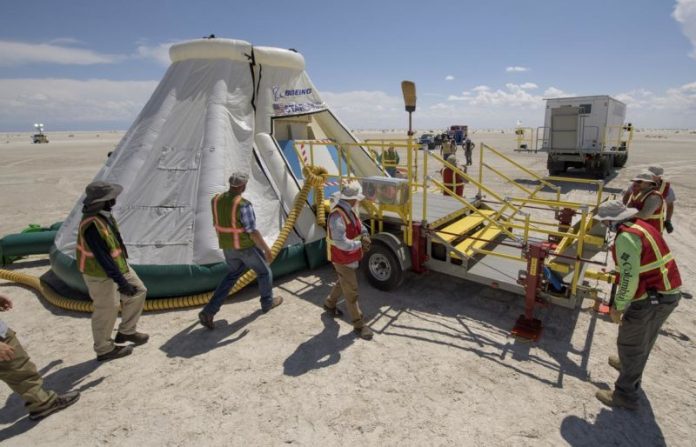NASA’s inspector general released a report on the space agency’s commercial crew program, which seeks to pay Boeing and SpaceX to develop vehicles to transport astronauts to the International Space Station.
Delays facing the Commercial Crew Program, which in 2010 selected Boeing and SpaceX under $4.82 billion and $3.14 billion contracts respectively, have also put NASA in the unusual position of possibly having only one American astronaut onboard the ISS.
The program was designed to bring human spaceflight capabilities back online after the end of the space shuttle program and end the reliance on Russia’s Soyuz spacecraft to get Americans to the space station, which costs about $85 million per seat.
NASA’s Office of Inspector General also noted that NASA will actually pay $5 million more than that per seat on Boeing’s spacecraft, but will pay $30 million less per ride with SpaceX. The report also questioned NASA’s decision to pay Boeing an additional $287 million to ensure it continued work on the program.
As of May 2019, according to the OIG report, the Commercial Crew Program had doled out about $5.5 billion of the total $8.5 billion set aside for the effort.
“However, regular crewed missions on commercial carriers will not occur before summer 2020 – three years after originally planned,” said Ridge Bowman, director of NASA OIG’s space operations directorate. “We found that Boeing and SpaceX each face technical and safety issues that need to be addressed before they are cleared to provide crew transportation to the ISS.”















